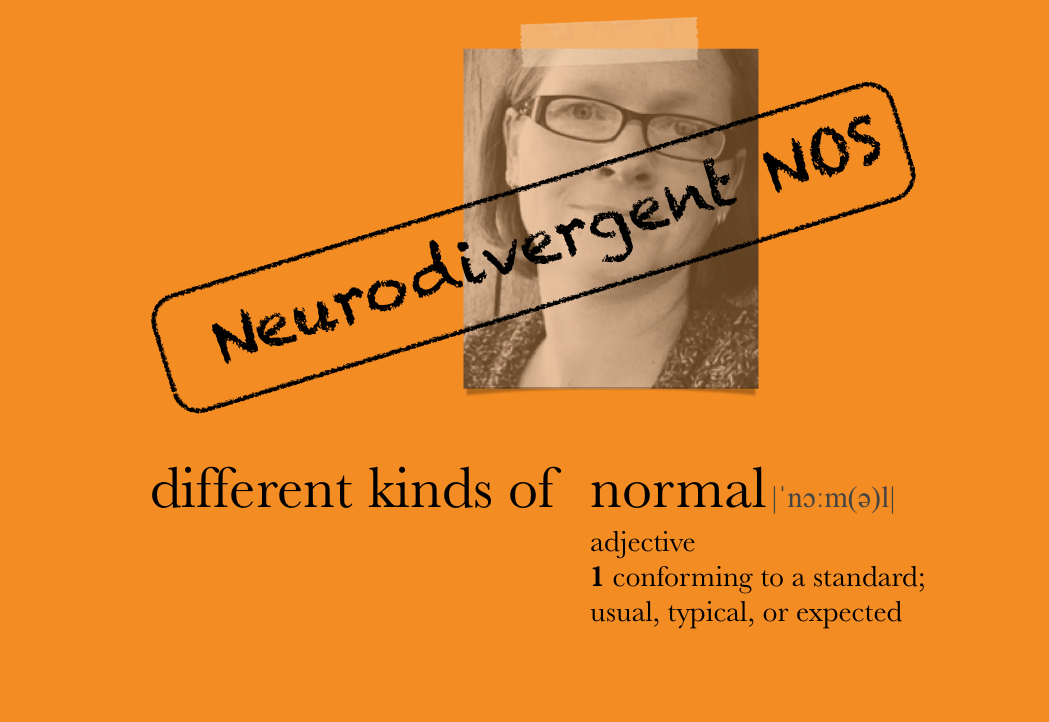If you ever have a chance to hear Emma and Norm speak, you should take it up! Check out Emma and Norm's work online at The Broadreach Centre and Conversations that Matter (links will open in new windows).
What started me thinking about accommodations in the wider community was when Norm said (this is not a direct quote, it is my interpretation and recollection of what Norm said)
when you build a ramp you aren't "making an accommodation",
you are correcting a flaw in the architect's original design
This comment struck me as being so important. I have long said that I don't understand why all new buildings, facilities, parks, public spaces, etc., do not intentionally cater for people of all abilities. I'm not an engineer, but I feel like surely it is no harder to install ramps and lifts instead of stairs and escalators? And this is just a start.
But the issue is not really about how easy it is to make physical spaces accessible to all. The crux of the matter in the discussion around accommodations and accessibility is that every person- no matter who they are, how they experience the world, how they communicate and how they get around- has the right to be in public spaces, to access them freely, and to enjoy them in the same way others do. Accommodations are actually a basic human right.
Some accommodations, like the ones I mentioned in my first article on this topic, are simple, easy, low cost and no inconvenience to other people.
Some accommodations are more complex, costly and require some effort on the part of others. These facts are not a reason to decide not to accommodate everyone and to fail to ensure all people have free access to all environments. Using cost, complexity and inconvenience as excuses to exclude disabled people is discriminatory and perpetuates seclusion and stigma. It sends the message that disabled peoples lives are not as important as others, and that society does not see the value in having disabled people present as equal members of our community.
The fact that we talk about "accommodations" is an indication that there is a power imbalance that allows the non-disabled to make decisions that have such a great impact on the lives of the disabled. The dictionary definition of accommodation/s (not housing related) is:
- a convenient arrangement; a settlement or compromise
- the process of adapting or adjusting to someone or something
This is an imbalance that causes exclusion and harm, even though it is touted as something good we do for disabled people. The fact is that use of the word "accommodations" speaks of an ugly side of our society in which people think compromise and slight adjustments should be enough- a society that believes disabled people should be grateful for the little that is done for them, even when it fails to provide what is truly needed.
It is past time that we started including access for all as part of the design in every public space we create. It is past time we include disabled people in planning conversations, as leaders of the discussion, not just at the end as an afterthought, if we get called out on what we are doing, or to make it look like we care about their right to equal access.
Equal access is a basic human right, and now is the time to take real and meaningful steps to ensuring everyone has their needs met, instead of paying the idea lip service but failing to move past doing only what is easy, cheap and convenient for the non-disabled. It is time we acknowledge the flaws in the way we have set up spaces and places as we have persisted with convenience and ease. It is time we recognised the mistakes of our past and begin to correct them.



